-
Posts
2.067 -
Joined
-
Last visited
-
Days Won
52
Posts posted by Genava55
-
-
The other solution is that training Leonidas bring immediately another king (https://en.wikipedia.org/wiki/Leotychidas_II), the same with Agis III (https://en.wikipedia.org/wiki/Cleomenes_II). While Brasidas (not being a king but a general) wouldn't bring a new one.
The other king could have a generic model.
Or, the two kings system could be simply a bonus if the hero dies the player got a large discount for the next one.
-
 1
1
-
-
8 minutes ago, wowgetoffyourcellphone said:
I remember reading somewhere that the Spartan king was always flanked by an Olympic champion on each side when in battle array. Not sure of the source, but I have seen images depicting this, so perhaps the artists read the same thing.
"always flanked by" I am not sure of. But yeah athletes were considered for the royal guard.
-
 1
1
-
-
52 minutes ago, borg- said:
- Champions spearman can be trained on phase 1;
Good idea. That would be unique.
52 minutes ago, borg- said:Champion spearman can up to rank 2 (olympic champion).
Olympic champion? Not sure if it is a proper name.
54 minutes ago, borg- said:Well this is one of the ideas that i have at the moment, i will research more about sparta culture. I would like to hear everyone's ideas and opinion.
-
 1
1
-
-
-
On 25/02/2020 at 10:32 PM, Genava55 said:
A better version in pdf
-
5 minutes ago, AIEND said:
It may also be the helmets worn by the Assyrians or some other peoples.
Except that the Assyrians weren't mentioned at Marathon.
-
-
From an old thread:
On 07/07/2021 at 12:39 AM, Genava55 said:Herodotus account:
[60] I cannot give an exact breakdown of how many men each contingent contributed to the total, because not one person has recorded this information, but it turned out that there were 1,700,000 men altogether in the land army. The census was conducted as follows. Ten thousand men were assembled in a single area and packed as closely together as possible; a circle was drawn round the outside of the body of men (who were then dismissed) and a waist-high wall was built around the circle. Then more men were introduced into the enclosed area, and so on until everyone had been counted. After the census, the men were organized into contingents based on nationality.
[61] Here are the peoples which made up Xerxes’ army. First, there were the Persians, dressed as follows. On their heads they wore tiaras, as they call them, which are loose, felt caps, and their bodies were clothed in colourful tunics with sleeves (and breastplates)† of iron plate, looking rather like fish-scales. Their legs were covered in trousers and instead of normal shields they carried pieces of wickerwork. They had quivers hanging under their shields, short spears, large bows, arrows made of cane, and also daggers hanging from their belts down beside their right thighs. They were commanded by Otanes, whose daughter Amestris was Xerxes’ wife. In times past the Greeks used to call Persians Cephenes (even though both they and their neighbours called them Artaei), but then Perseus, the son of Danaë and Zeus, came to Cepheus the son of Belus, married his daughter Andromeda, and had a son, whom he called Perses. Cepheus had no male children, so Perseus left Perses there, and as a result the Persians are named after Perses.
[62] The Median contingent wore the same clothes as the Persians, since it was in fact a Median style of clothing, rather than a Persian one. Their commander was an Achaemenid called Tigranes. Medes used to be called Arians by everybody, but when Medea of Colchis left Athens and arrived in their country—this is what the Medes themselves say—they too changed their name.
The Cissian contingent was clothed and equipped in the Persian style, except that they wore turbans instead of caps. They were commanded by Anaphes the son of Otanes.
The Hyrcanians also had the same equipment as the Persians, and were commanded by Megapanus, who later became the governor of Babylon.
[63] The Assyrian contingent wore on their heads either bronze helmets or plaited helmets of a peculiarly foreign design which is hard to describe. Their shields, spears, and daggers resembled Egyptian ones, and they also carried wooden clubs with iron studs, and wore linen breastplates. These are the people the Greeks call Syrians, but they were called Assyrians by the Persian invaders. Their commander was Otaspes the son of Artachaees.
[64] The Bactrian contingent wore headgear which was very similar to that of the Medes, and were armed with native cane bows and short spears. The Sacae, a Scythian tribe, had as headgear kurbasias whose crowns were stiffened into an upright point, and wore trousers. They carried native bows and daggers, and also battleaxes called sagareis. They were in fact Scythians from Amyrgium, but they were known as Sacae because that is what the Persians call all Scythians. The commander of both the Bactrian and Sacian contingents was Hystaspes, the son of Darius and Cyrus’ daughter Atossa.
[65] Indian gear consisted of cotton clothing, cane bows and cane arrows with iron heads. For the duration of this expedition they were assigned to the command of Pharnazathres the son of Artabates.
[66] The Arians were equipped like the Bactrians, except that their bows were in the Median style. Their commander was Sisamnes the son of Hydarnes.
Also fitted out like the Bactrians were the Parthians and Chorasmians, commanded by Artabazus the son of Pharnaces; the Sogdians, commanded by Azanes the son of Artaeus; and the Gandarians and Dadicae, commanded by Artyphius the son of Artabanus.
[67] Caspian equipment consisted of jackets, native cane bows, and akinakeis. Their commander was Ariomardus the brother of Artyphius.
The Sarangae were conspicuous for their coloured clothing. They wore knee-high boots and carried bows and Median-style spears. They were commanded by Pherendates the son of Megabazus.
The Pactyes wore jackets and were armed with native bows and daggers. Their commander was Artayntes the son of Ithamitres.
[68] The Utians, Mycians, and Paricanians were fitted out like the Pactyes. The Utians and Mycians were commanded by Arsamenes the son of Darius, and the Paricanians by Siromitres the son of Oeobazus.
[69] The Arabians wore belted zeiras and carried on their right sides long, reflexible bows. The Ethiopians were dressed in leopard skins and lion pelts, and were armed with bows made out of palm fronds. These bows were long, at least four cubits in length, and their arrows were short and tipped not with iron but with a head made from sharpened stone—the kind of stone they also use to engrave signet-rings. They carried spears as well, whose heads were made out of gazelles’ horns sharpened like the head of a lance, and also studded clubs. When they go into battle they paint half of their bodies with chalk and half with ochre. The commander of the Arabians and the Ethiopians from south of Egypt was Arsames, the son of Darius and Cyrus’ daughter Artystone, who was his favourite wife. He had a statue of her made out of beaten gold.
[70] So Arsames was the commander of the Ethiopians from south of Egypt, as well as of the Arabians, but there were two lots of Ethiopians in the army. The eastern Ethiopians were assigned to the Indian contingent; these Ethiopians are exactly the same as the others to look at, but they speak a different language and their hair is different. The eastern Ethiopians have straight hair, while the Libyan ones have curlier hair than any other people in the world. The Asian Ethiopians were equipped more or less in the same fashion as the Indians, except that they wore a head-dress consisting of a horse’s scalp, including the ears and mane. The mane acted as a crest, and the horse’s ears were stiffened into an upright position. Instead of regular shields they had targes made out of crane skins.
[71] The Libyans came wearing leather clothing and armed with javelins whose ends had been burnt into sharp points. Their commander was Massages the son of Oärizus.
[72] The Paphlagonian contingent wore plaited helmets on their heads and were armed with small shields, medium-sized spears, and javelins and daggers as well. On their feet they wore native boots which reached halfway up their shins. The Ligyan contingent had the same equipment as the Paphlagonians, and so did the Matieneans, Mariandynians, and Syrians (whom the Persians call Cappadocians). Dotus the son of Megasidrus was in command of the Paphlagonians and the Matieneans, and Gobryas the son of Darius and Artystone was in command of the Mariandynians, Ligyes, and Syrians.
[73] The Phrygians’ equipment was very similar to that of the Paphlagonians, with only minor differences. According to the Macedonians, the Phrygians were called Briges for as long as they lived in Europe next to the Macedonians, but then when they moved to Asia they changed their name along with their country. The Armenians were fitted out just like the Phrygians—but then they were originally emigrants from Phrygia. Artochmes, who was married to one of Darius’ daughters, was in command of both the Armenians and the Phrygians.
[74] The Lydians’ equipment was not very different from Greek. A long time ago, the Lydians were known as Maeonians, but they changed their name when they named themselves after Lydus the son of Atys. The Mysians wore a native style of helmet on their heads and were armed with small shields and javelins whose ends had been burnt into sharp points. They were originally emigrants from Lydia, and are also known as Olympieni, after Mount Olympus. The Lydians and the Mysians were under the command of Artaphrenes the son of Artaphrenes, who was jointly responsible, with Datis, for the invasion at Marathon.
[75] The Thracian contingent wore fox-skin caps on their heads and were dressed in tunics with colourful zeiras on top; their feet and lower legs were covered in boots made out of fawn-skin. They also carried javelins, bucklers, and small daggers. After they moved from Europe to Asia they were called the Bithynians, but, as they say themselves, before that they were called the Strymonians, because they lived on the River Strymon. They say that they were driven out of their original homeland by the Teucrians and the Mysians. These Asian Thracians were commanded by Bassaces the son of Artabanus.
[76] 〈The Pisidae〉† carried small shields of untreated oxhide. Every man among them was armed with two hunting-spears in the Lycian style, and wore a bronze helmet on his head. Each helmet had the ears and horns of an ox, also in bronze, attached to it, and had a crest as well. They wore red cloths wrapped around their lower legs. There is an oracle of Ares in their country.
[77] The Cabalians (who are known as Lasonians, despite being of Maeonian stock) were fitted out in the same way as the Cilicians, and so I will describe their equipment when I come to the Cilician contingent in my account.
The Milyans carried short spears and wore cloaks fastened with a brooch. Some of them had Lycian-style bows and wore on their heads helmets made out of leather. The whole Milyan contingent was under the command of Badres the son of Hystanes.
[78] The Moschians wore wooden helmets on their heads and carried shields and spears which were short, but with long points. The Tibarenians, Macrones, and Mossynoecians had the same equipment as the Moschians. The Moschians and Tibarenians formed a single contingent under the command of Ariomardus, the son of Darius and Parmys, who was the daughter of Smerdis and granddaughter of Cyrus. The Macrones and Mossynoecians together formed another contingent under the command of Artayctes the son of Cherasmis, who was the governor of Sestus on the Hellespont.
[79] The Mares wore plaited native helmets on their heads, and carried small shields of animal skin and javelins. The Colchians wore wooden helmets on their heads, carried small shields of untreated oxhide and short spears, and were armed with knives as well. Pharandates the son of Teäspis was in command of the Mares and the Colchians.
The Alarodian and Saspeiran troops were equipped like the Colchians, and commanded by Masistius the son of Siromitres.
[80] The tribes who had come from the islands in the Red Sea to take part in the expedition—the islands where the Persian king settles the people known as ‘the Dispossessed’—closely resembled the Medes in respect of both clothing and weaponry. These islanders were commanded by Mardontes the son of Bagaeus, who was one of the Persian commanders a year later at the battle of Mycale, where he died.
[81] These were the tribes and peoples who marched by land and were organized into infantry contingents. I have already given the names of the commanders of this division, whose job it was also to organize and count the troops, and to appoint officers to take charge of the brigades of 10,000 and the battalions of 1,000; the leaders of the companies of 100 and the sections of 10 were appointed by the brigade-commanders. There were also other officers in command of the various regiments and tribal units. Anyway, the commanding officers were as stated.
Edit:
I add this section from a book, dedicated to the military of the Achaemenid empire:
-
 1
1
-
 1
1
-
-
Two articles about the role of women:
https://www.iranicaonline.org/articles/women-i
https://www.worldhistory.org/article/1492/women-in-ancient-persia/
A few pages from The Armies of Ancient Persia: The Sassanians by Kaveh Farrokh:
-
 4
4
-
-
3 hours ago, myou5e said:
Very Interesting Video. Still, it was hard to see who they were ethnically. The migration of Jews and the conversion of nobles doesn't tell us much about the actual people, just the official policy of the Rulers.
There is a conference book on the topic:
https://brill.com/view/title/14220
You can get most of the chapters/articles through google scholars for free:
https://scholar.google.com/scholar?hl=en&as_sdt=0%2C5&q=The+World+of+the+Khazars&btnG=
-
5 hours ago, AIEND said:
Chinese history does not have this kind of ship, Chinese warships to the enemy ship impact, generally is the use of the ship volume height difference for "冲犁chongli", that is, similar to modern icebreakers to destroy the ice way to destroy the enemy ship.
from the osprey, I think it is the Zhan xian or Dou xian mentioned at the page 15, based on "Wu Jing Zong Yao" document made around 1044 you already mentioned before
24 minutes ago, AIEND said:The illustrations in the Ancient China section of Osprey Publishing are notorious in China and we do not recommend referencing them at all.
Yeah obviously we need to be careful with Osprey. I know that those books can be really bad depending the topic.
-
-
-
In English, I suggest those articles:
Dating Caral, a Preceramic Site in the Supe Valley on the Central Coast of Peru
Radiocarbon dates from the site of Caral in the Supe Valley of Peru indicate that monumental corporate architecture, urban settlement, and irrigation agriculture began in the Americas by 4090 years before the present (2627 calibrated years B.C.) to 3640 years before the present (1977 calibrated years B.C.). Caral is located 23 kilometers inland from the Pacific coast and contains a central zone of monumental, residential, and nonresidential architecture covering an area of 65 hectares. Caral is one of 18 large preceramic sites in the Supe Valley.The Evolution of Social Institutions in the Central Andes
The chapter traces the evolution of complex socio-political institutions in the Andes from their appearance in the north coast of Peru at the end of the 4th millennium BCE to the sprawling Inca Empire of the fifteenth century CE. For each period, the author describes the kinds of social institutions that developed among the varied societies of this vast region. The evolutionary process centers on monumental architecture requiring coordinated labor. After two millennia of complex social development, state societies emerged by coopting trade networks and barter fairs. The states focused on the control of roads and strategic colonies throughout their region. An elite style of architecture and statecraft was based on earlier, nonstate political, and economic institutions. These grew slowly and lasted for at least a half a millennium. State collapse was followed by political and social realignments, the context for the rapid growth of the Inca Empire in the fifteenth century. Unlike the first states, the Inca Empire was characterized by contiguous provinces and an imperial bureaucracy that administered dozens of distinct ethnic groups and provinces. The earlier relationships between trade, production, and distribution were coopted by the Inca into a grand imperial strategy of population concentration and the creation of industrial enclaves. The rapid rise of the Inca was followed by its relatively quick political collapse at the hands of European invaders.
And this thesis:
Caral and the rise to civilization in the Norte Chico Peru
The site of Caral, Peru has undergone much archaeological excavations under the direction of Dr. Ruth Shady over the course of the years following 1994. Caral has been radiocarbon dated to over five thousand years ago. It has been proposed by some scholars, Dr. Shady included, that the site of Caral and the surrounding sites in the Supe Valley represent a state level society. However, there is a general consensus in the literature holding that Caral does not represent a highly stratified society such as a state. In order to gain a better understanding of what Caral really represents, this thesis compares Caral to two known state level societies, the Moche and Tiwanaku states. The comparison is based on a number of key factors seen in state levels societies namely, site size and distribution, monumental architecture, craft specialization, iconography and burial stratification.-
 1
1
-
-
-
1 hour ago, AIEND said:
That's the dataset from Zhu Kezhen, probably made around the 1970s. He was a brillant scientist but at this time the methods in palaeoclimatology were limited. This curve mostly follows the dataset from Camp Century ice core in Greenland. So I would not say it is accurate.
-
Quote
The term “Protoclassic,” employed regularly but inexplicitly in the literature of lowland Maya archaeology, has become increasingly nebulous and ambiguous in both meaning and usage. This paper reviews the history and use of the term and presents a formal redefinition of the Protoclassic as a ceramic stage based explicitly and exclusively on ceramic criteria. Some suggestions regarding future use of the term also are offered. The paper further addresses and resolves a number of persisting questions regarding Protoclassic orange wares, including problems concerning the actual existence of the “Aguacate ceramic group.” and the relationships of Aguacate-group pottery to other emergent orange wares of the terminal Late Preclassic and initial Early Classic periods. The nature and significance of the “Holmul I Style,” the “Floral Park Ceramic Sphere.” and the relationships of the two to each other and the larger, redefined “protoclassic” ceramic stage also are examined. A spatial distribution for protoclassic ceramics considerably expanded over what has ever been reported previously is described, and Chronometric data are presented to support a revised chronology for the protoclassic ceramic stage. Finally, ceramic data are offered that suggest a real subdivision of the protoclassic ceramic stage into an early, emergent facet originating entirely within Late Preclassic lowland traditions, and a later, fully “Classic” facet corresponding to the early Tzakol (Tzakol 1) ceramic horizon.
QuoteBoth the IDAEH and NAP investigations at Nakum yielded copious evidence of occupation and architectural activity pertaining to the poorly known Protoclassic or Terminal Preclassic period. This period was characterized by drastic socio-political changes in the Maya Lowlands, resulting in the abandonment of many Maya centers. The Protoclassic is defined as a transitional phase dividing the Preclassic and Classic eras (ca. 100/50 B.C.–A.D. 300), which witnessed the collapse of many Maya cities (notably including El Mirador, the presumed capital of the first Lowland Maya protostate), and the growth of new powers along with the founding of new dynasties. In terms of the ceramic material, the Protoclassic is especially marked by the appearance and spread of the first polychrome ceramics in the Maya area.
https://www.tandfonline.com/doi/abs/10.1080/00934690.2018.1438690
QuoteThe era of transition between the Late Preclassic (300 B.C. – A.D. 250) and the Early Classic (A.D. 250-550) Periods is one which saw great change within ancient Maya society. This change is reflected in the ceramics of this transitional era. Ceramicists have had difficulty isolating distinct ceramic complexes within the transitional era and have instead tended to focus on specific stylistic markers (e.g., mamiform tetrapods) that were thought to be hallmarks for this transition. These stylistic markers became known as the “Protoclassic” and, while easily identified, they were never securely anchored within broader patterns of change. To this day the Protoclassic Period remains enigmatic within Maya archaeology. There are disagreements on whether or not the term should be used in Maya archaeology and, if used, how and to what the term should refer. Much of what has been used to identify the Protoclassic falls within the realm of ceramics and, thus, that data class will be the primary one utilized here. This paper first examines the history of and use of the term Protoclassic in Maya archaeology; it then uses data from Caracol, Belize to assess the relevance of the term both to Maya Studies and to interpretations of ancient Maya society.The era of transition between the Late Preclassic (300 B.C. – A.D. 250) and the Early Classic (A.D. 250-550) Periods is one which saw great change within ancient Maya society. This change is reflected in the ceramics of this transitional era. Ceramicists have had difficulty isolating distinct ceramic complexes within the transitional era and have instead tended to focus on specific stylistic markers (e.g., mamiform tetrapods) that were thought to be hallmarks for this transition. These stylistic markers became known as the “Protoclassic” and, while easily identified, they were never securely anchored within broader patterns of change. To this day the Protoclassic Period remains enigmatic within Maya archaeology. There are disagreements on whether or not the term should be used in Maya archaeology and, if used, how and to what the term should refer. Much of what has been used to identify the Protoclassic falls within the realm of ceramics and, thus, that data class will be the primary one utilized here. This paper first examines the history of and use of the term Protoclassic in Maya archaeology; it then uses data from Caracol, Belize to assess the relevance of the term both to Maya Studies and to interpretations of ancient Maya society.
The era of transition between the Late Preclassic (300 B.C. – A.D. 250) and the Early Classic (A.D. 250-550) Periods is one which saw great change within ancient Maya society. This change is reflected in the ceramics of this transitional era. Ceramicists have had difficulty isolating distinct ceramic complexes within the transitional era and have instead tended to focus on specific stylistic markers (e.g., mamiform tetrapods) that were thought to be hallmarks for this transition. These stylistic markers became known as the “Protoclassic” and, while easily identified, they were never securely anchored within broader patterns of change. To this day the Protoclassic Period remains enigmatic within Maya archaeology. There are disagreements on whether or not the term should be used in Maya archaeology and, if used, how and to what the term should refer. Much of what has been used to identify the Protoclassic falls within the realm of ceramics and, thus, that data class will be the primary one utilized here. This paper first examines the history of and use of the term Protoclassic in Maya archaeology; it then uses data from Caracol, Belize to assess the relevance of the term both to Maya Studies and to interpretations of ancient Maya society.
http://www.caracol.org/wp-content/uploads/2018/07/ACDC2018.pdf
From a 2016 book, titled "The Origins of Maya States":
-
 2
2
-
-
35 minutes ago, ChronA said:
Maybe there are some valid cybersecurity arguments why one would not want to support a feature like that, but this might be a case this requires soberly considering a tradeoff. 0AD is niche entertainment software with an active user base of a few thousands maybe, it's not exactly a prime target for black hats to exploit. Maybe at worst someone with a grudge might think use this nefariously against specific objects of their ire.
Hackers are targeting everything. There are some groups specialized in massive attacks against specific targets but most hackers are alone and independant, looking for easy targets to keep them busy, to learn new tricks and to earn a bit of fame.
Sadly, security is mandatory everywhere and people thinking otherwise are naive.
-
 1
1
-
-
On 20/04/2022 at 10:13 AM, wowgetoffyourcellphone said:
Pathfinding looks broken as Hell
Really? Honestly, do you really find it broken? Because I am quite surprised, the game still managed to be playable with such population and movements.
-
A nice reenactment of a 1st century BC legionary with a real bronze helmet
Blog post from Res-Bellica about the Montefortino helmet:
https://www.res-bellica.com/en/montefortino-type-helmets-a-chronology/
SpoilerA bronze helmet

A brass helmet:

-
 2
2
-
-
The principal ores used in the Roman iron industry were iron oxides (haematite, goethite, limonite, magnetite), carbonates (siderite) and, less commonly, weathered hydrated silicates and sulphides ores might be used [44]. The ore was broken up, then roasted to remove water and carbon dioxide and to increase permeability. The particle size produced would be somewhere between 5 and 20 mm in diameter. This preparation was often carried out near the ore source [45], although the furnaces were not necessarily in the same location. Roasted ore is found at smelting sites but the roasting sites themselves may be more difficult to identify. During the smelting process, the fragmented ore was reduced and metallic iron formed, sometimes forming as a skin on the surface of the ore particles, [46] and agglomerated in the hottest part of the furnace near the tuyères. At a temperature between 1100°C and 1300°C, molten slag was produced from the gangue, (mainly silica, lime, and alumina) which drained to the bottom of the furnace with unreduced iron oxide. It was removed either by tapping, while liquid, or as a solid block when the furnace cooled, depending on the design of the furnace.
- Roman iron and steel: A review. Materials and Manufacturing Processes, 32(7-8), 857–866.
-
 1
1
-
-
On 04/04/2022 at 8:40 PM, haris.1978 said:
1. οταν κανει παυση καποιος παικτης να του βγανει ενα ρολοι με αντιστροφη μετρηση ωστε να μην εχει απεριοριστη παυση(προτεινω 3 λεπτα).
Hi. Welcome here.
The idea of a limited pause has already been suggested in the past:
I don't know if anything has been done in this regard.
-
22 hours ago, AIEND said:
Kushite is now using the same Assyrian battering ram as Persian, I know this is definitely not the reality, but has anyone researched this, if we want to make a new model of the Kushite battering ram, what would it look like of?
We talked a bit about this there:
Also debated there:
And it is also related to this decision:
-
20 hours ago, Stan` said:
Thanks! So it is a significant cause of the lag but in a different way than I thought. The suggestion is interesting, it would reduce the amount of computation by workers.
21 hours ago, Stan` said:That would be => [Differential] D2372 [WIP] - Support for mining. (wildfiregames.com)
Nice. But we could go further, the resources could be directly sent to the player instead of being carried to another building. Like this it would further decrease the computation cost for late game.


.thumb.jpg.b21ca1d0c15fb56b42c39b25a0a40815.jpg)
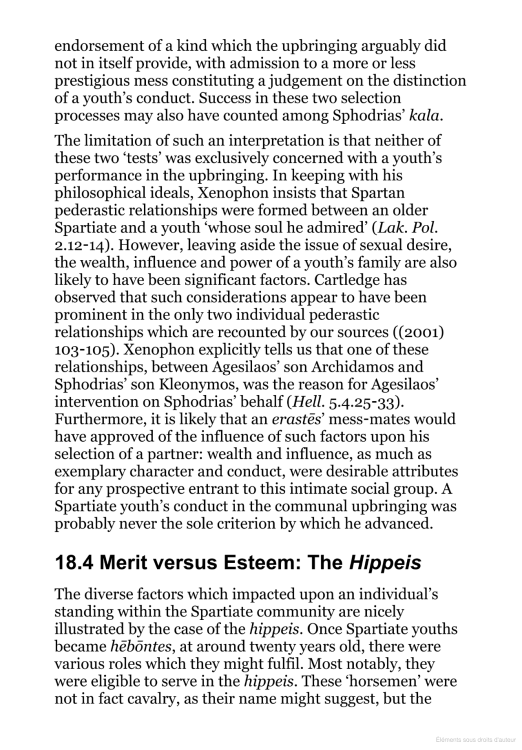
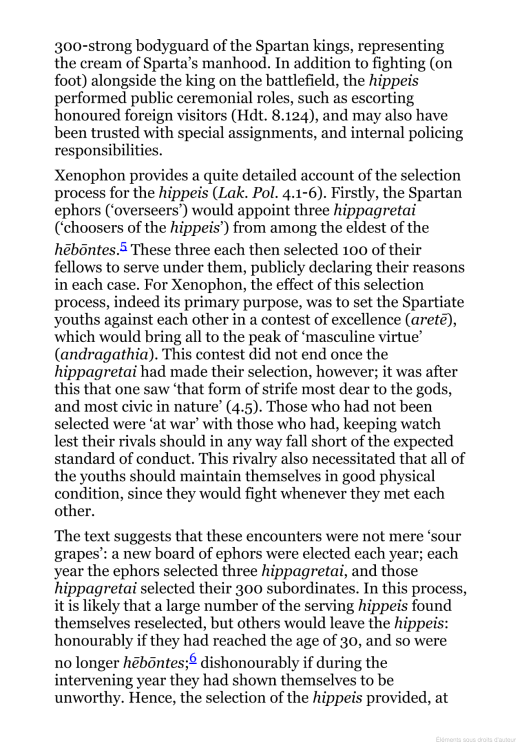
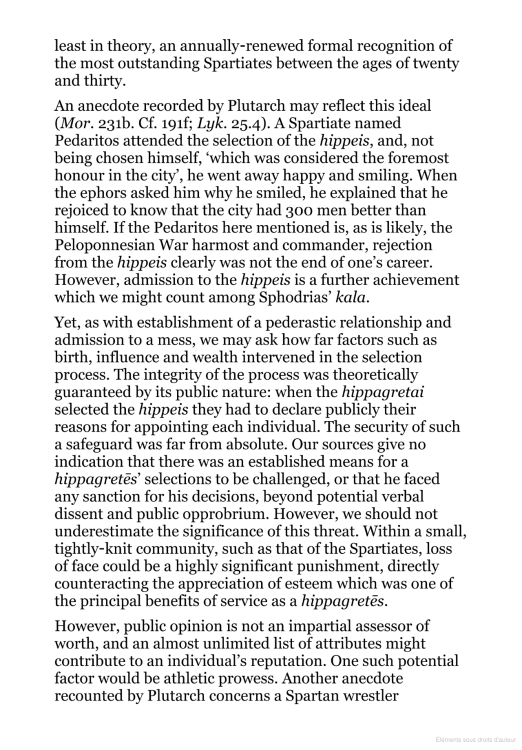
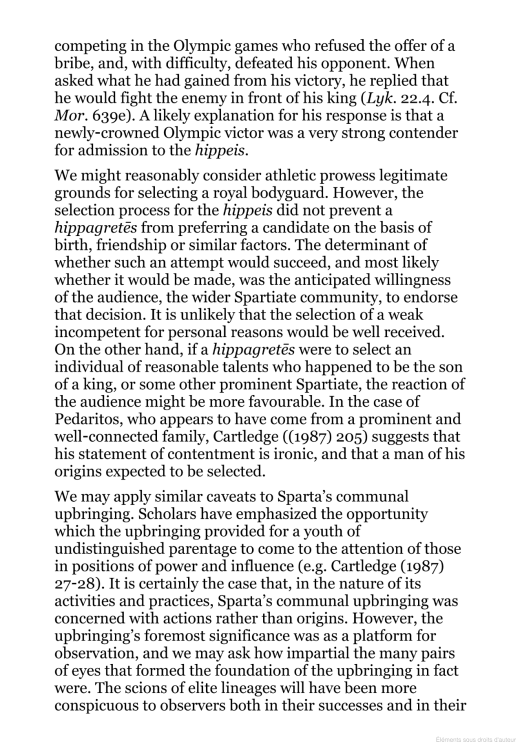
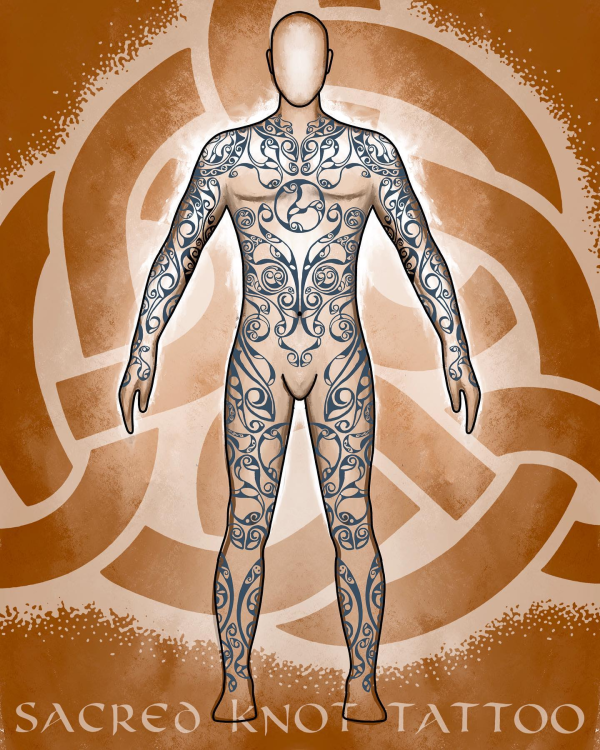
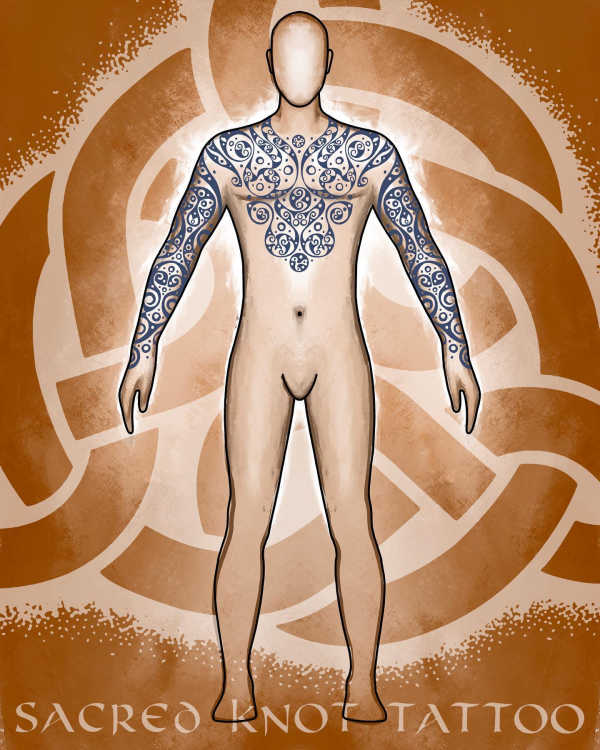
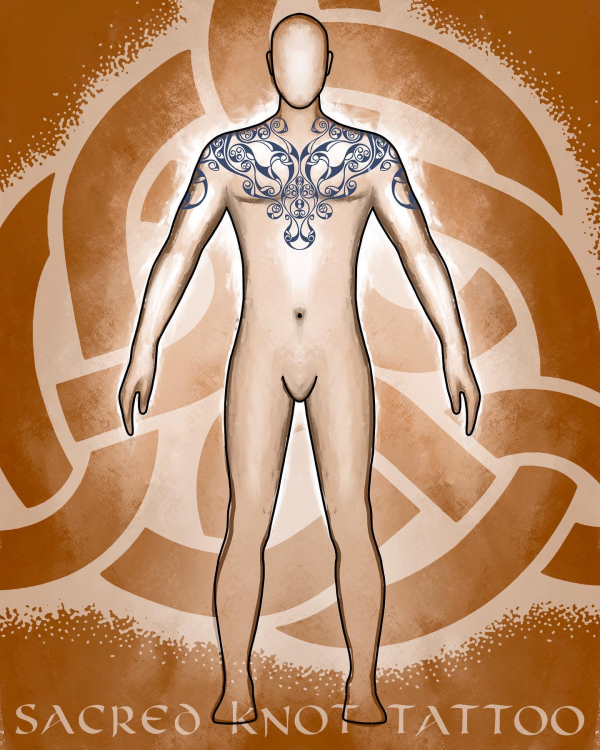
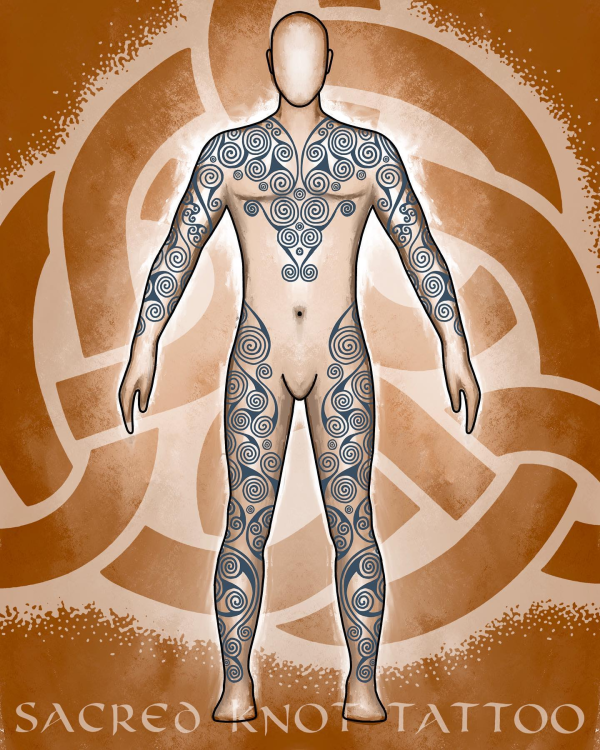
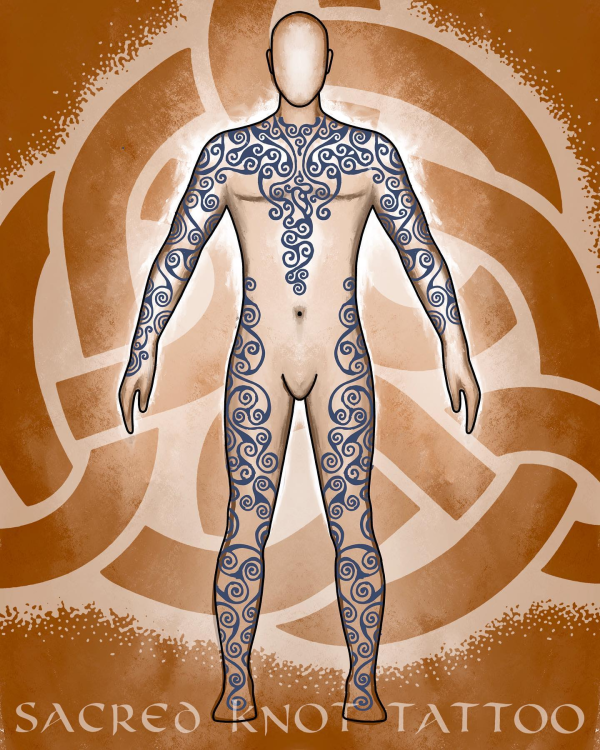
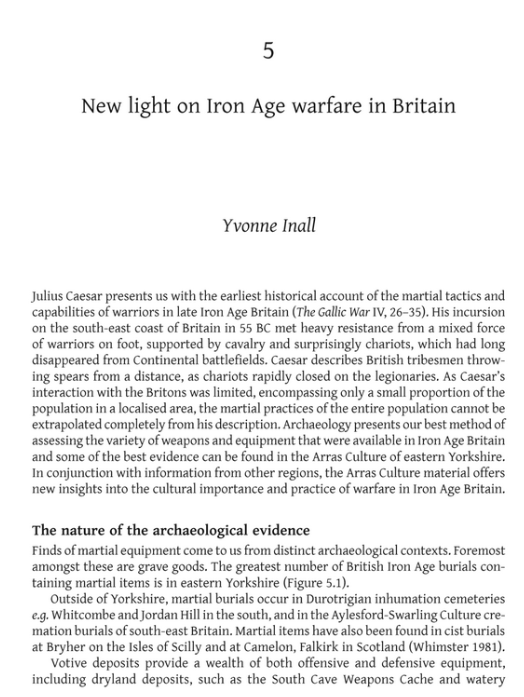
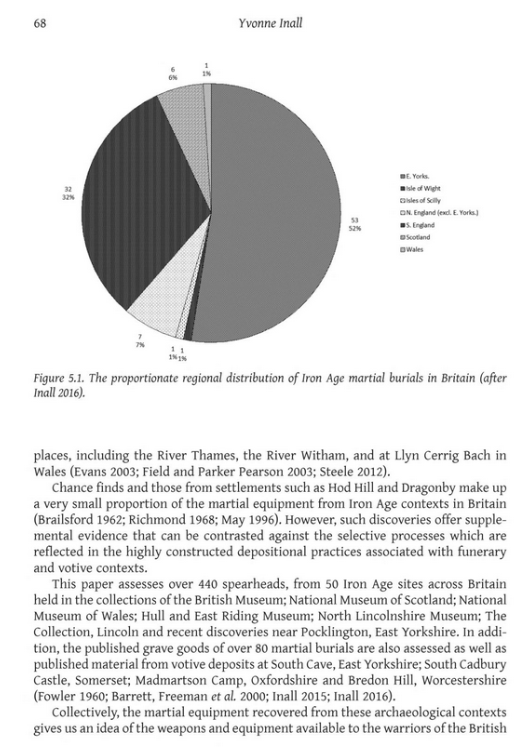
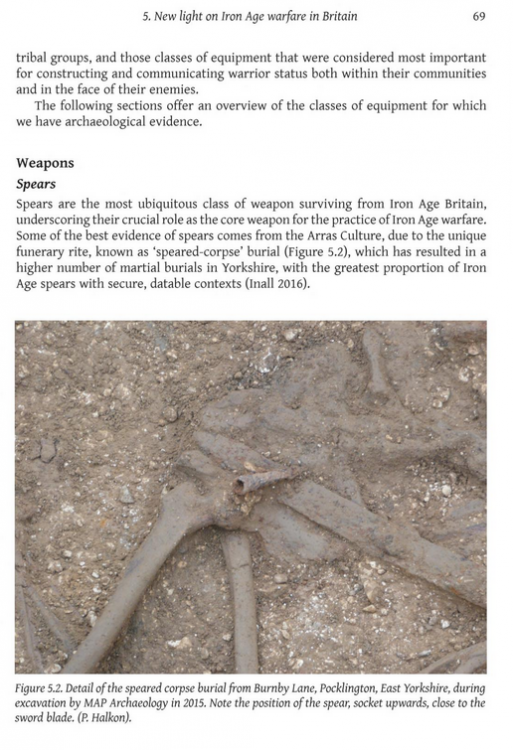
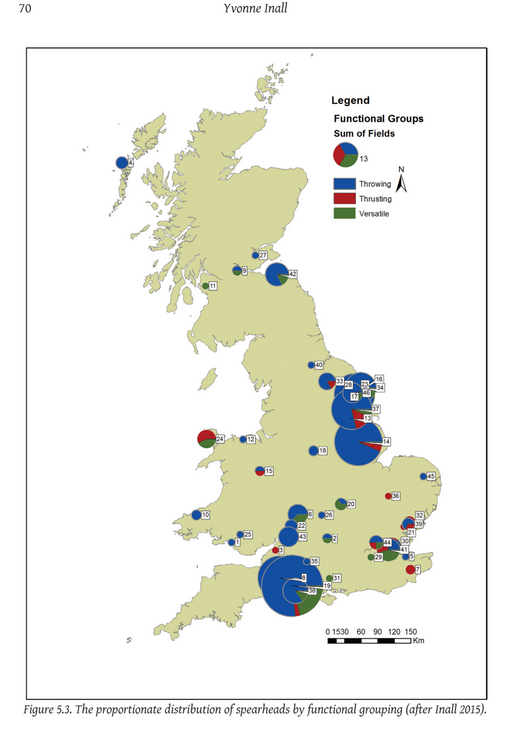
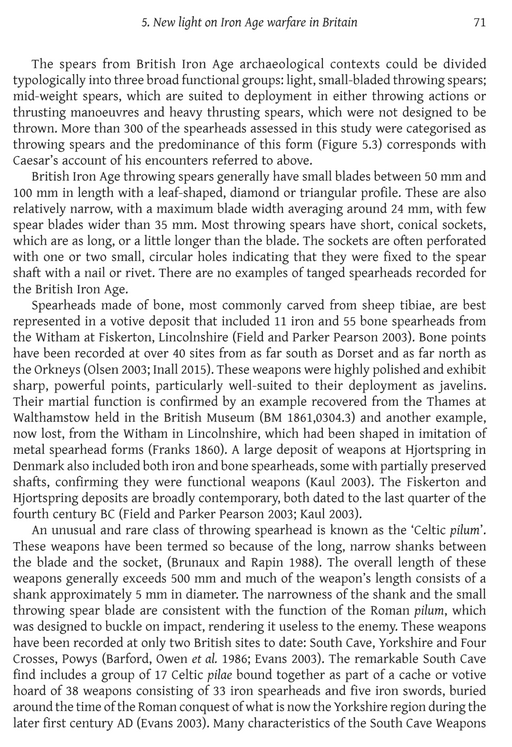
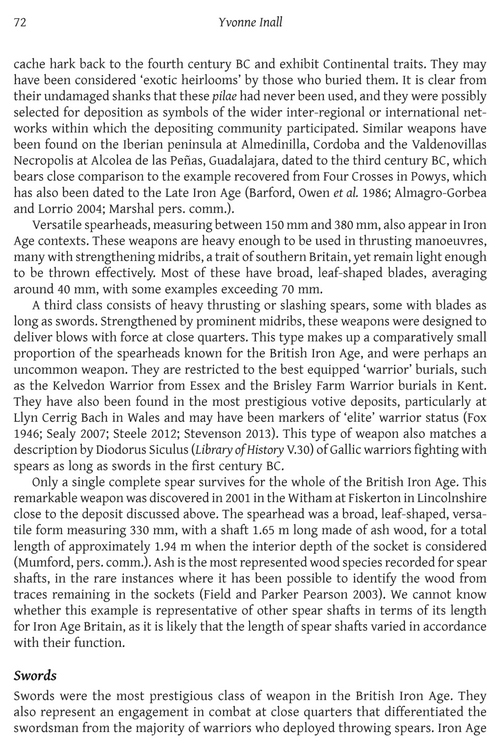
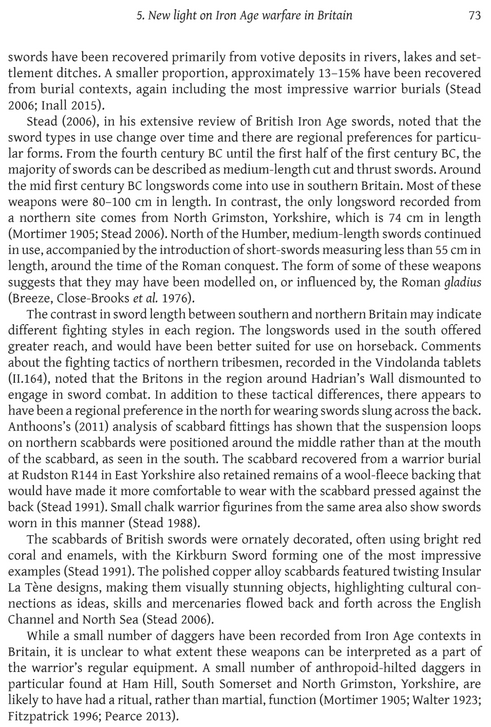
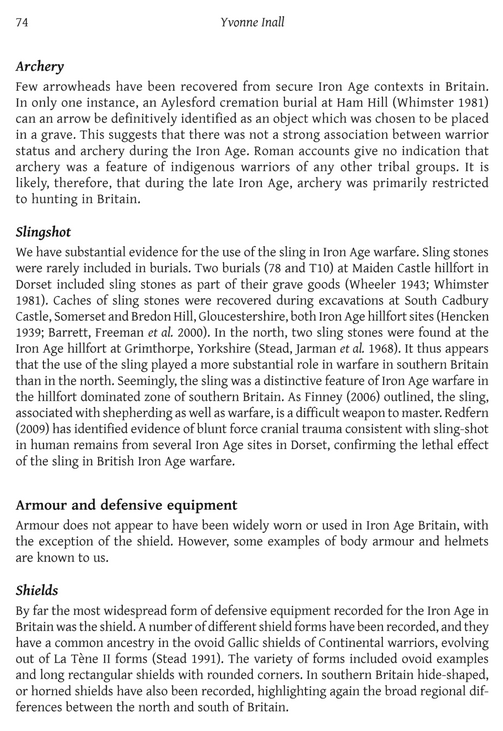
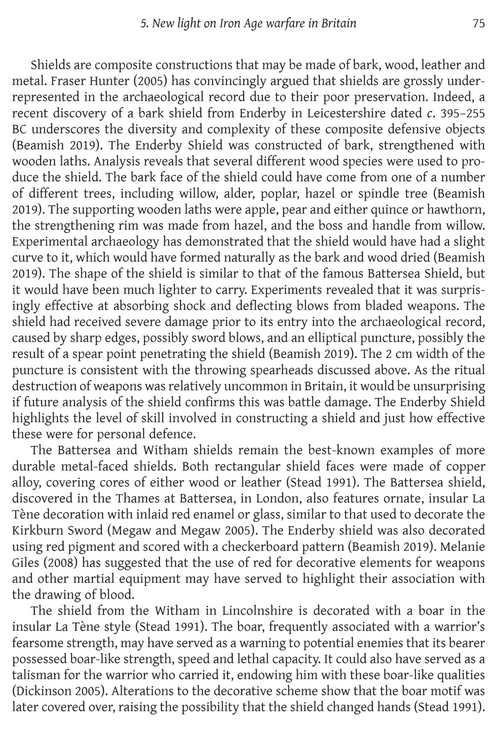
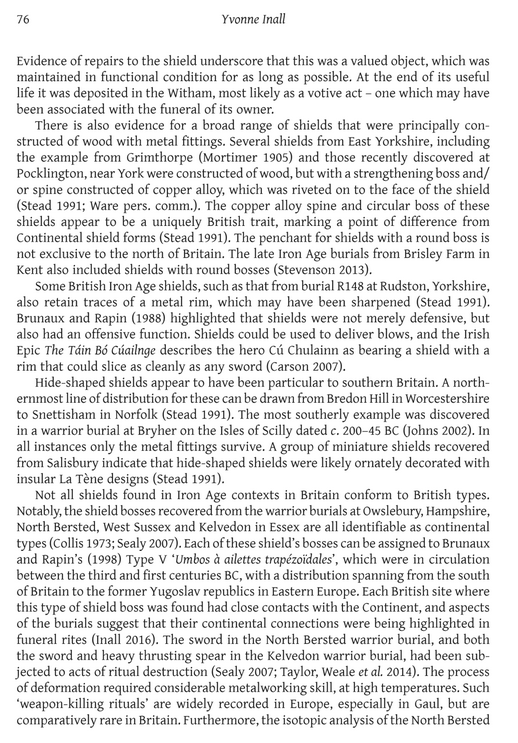
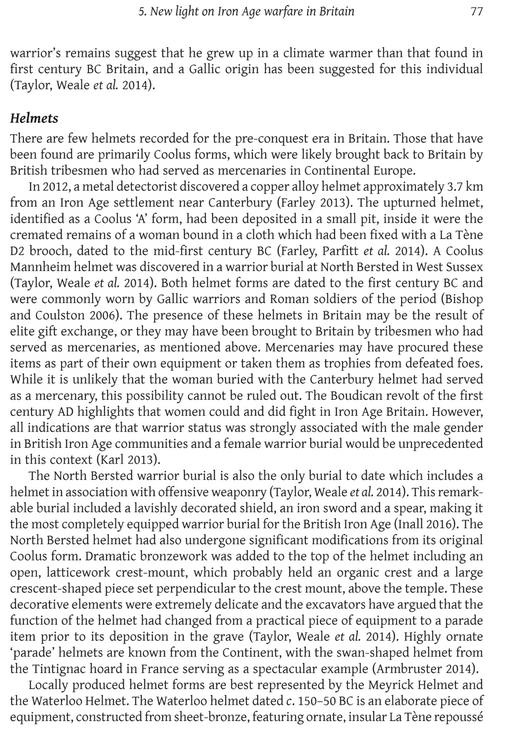
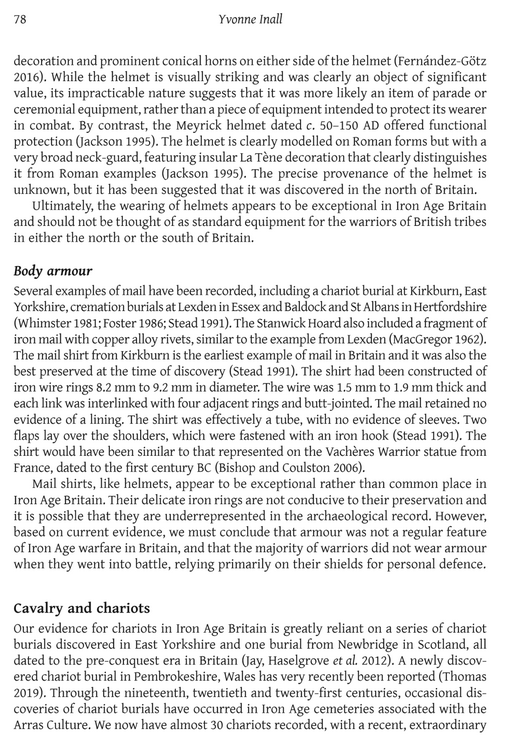
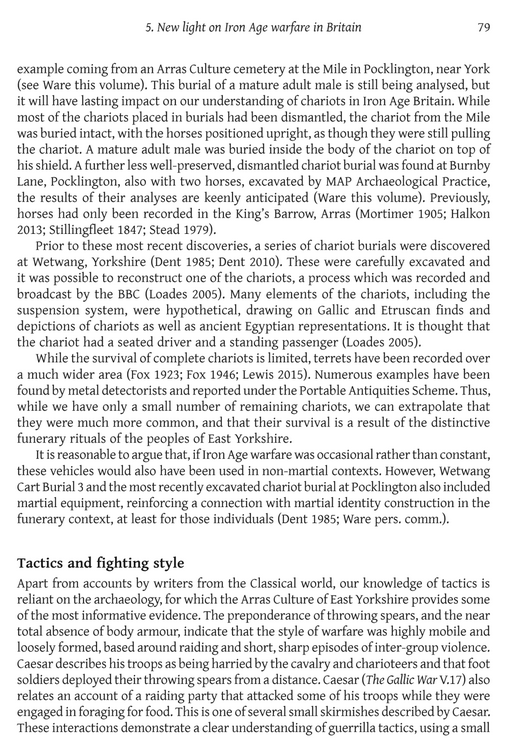
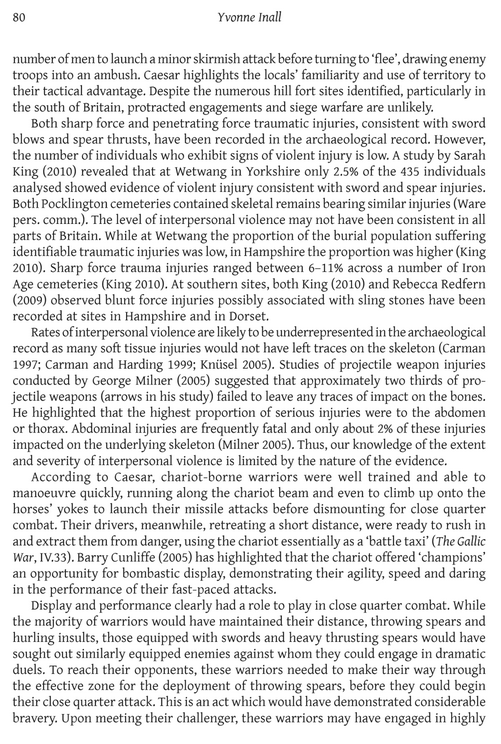

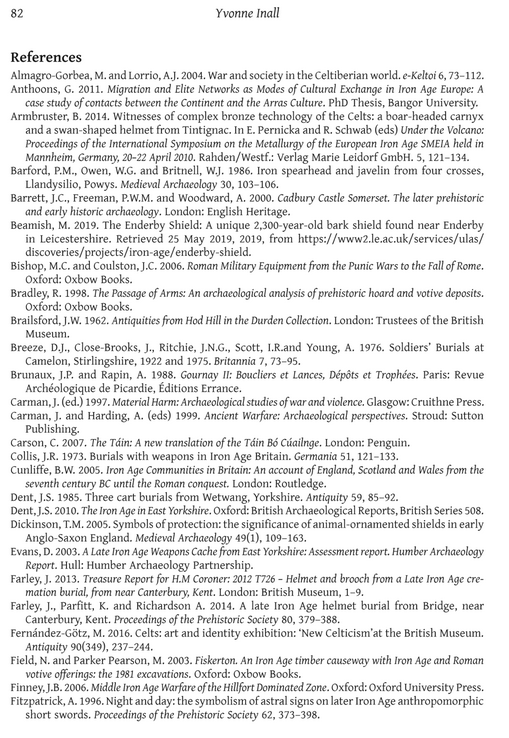
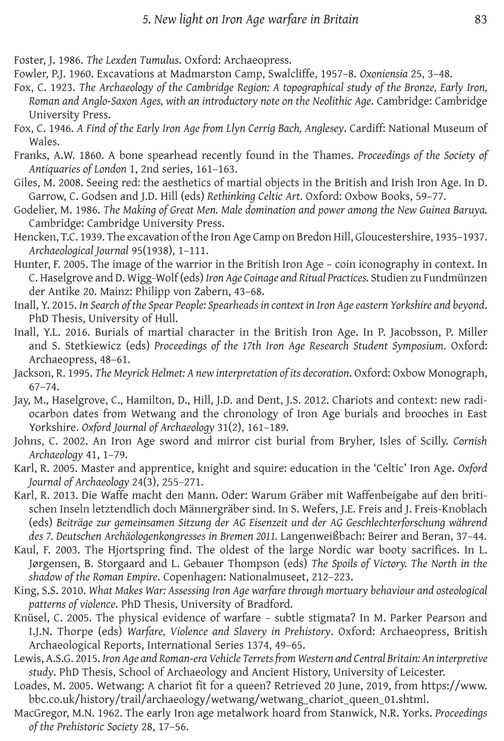
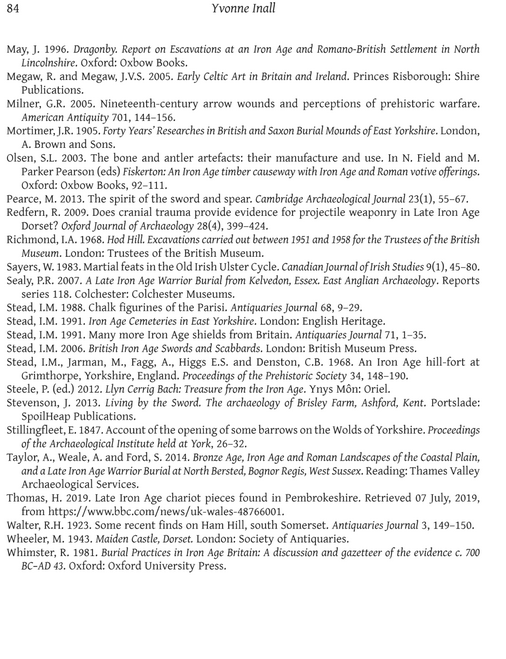
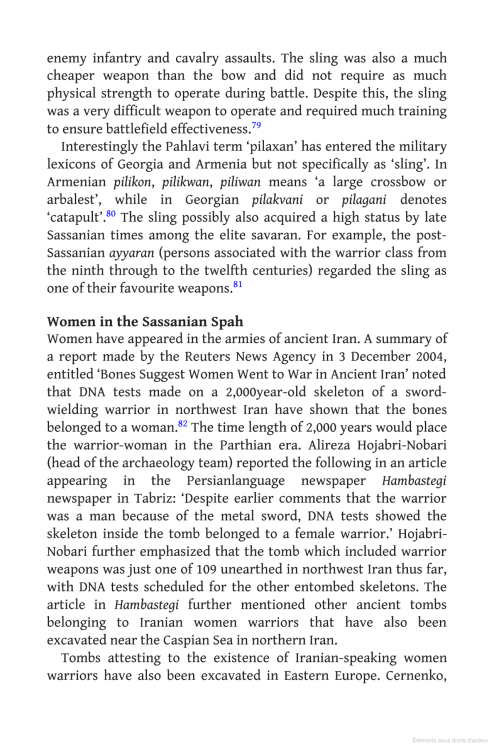
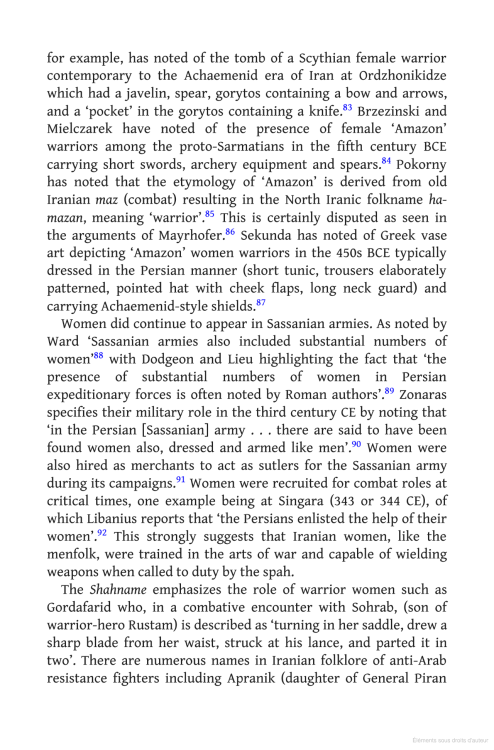
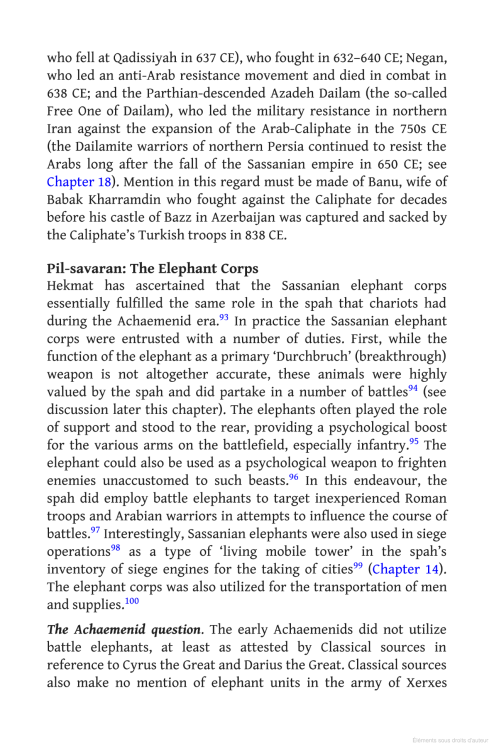
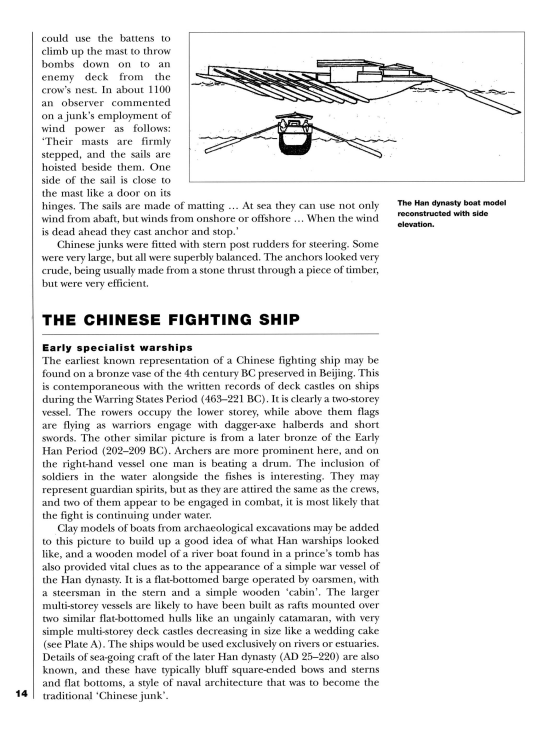
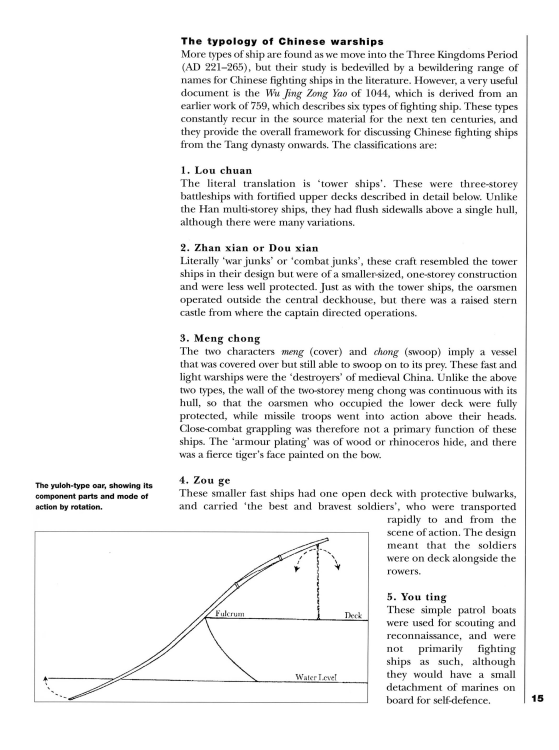
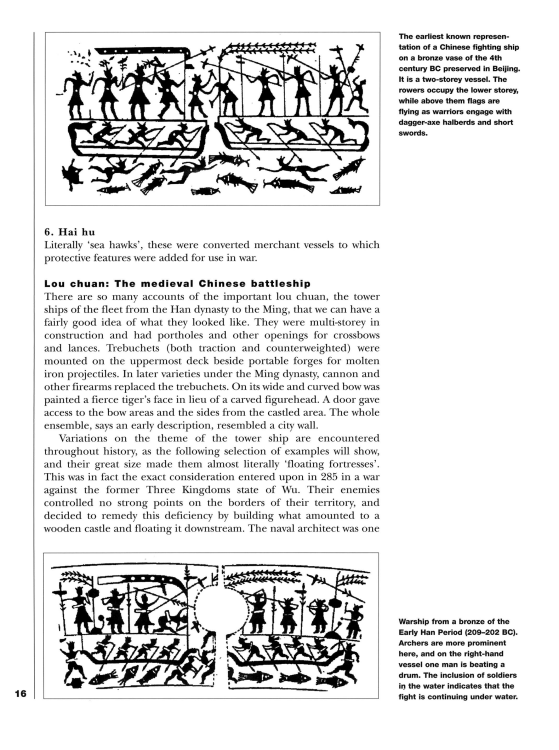
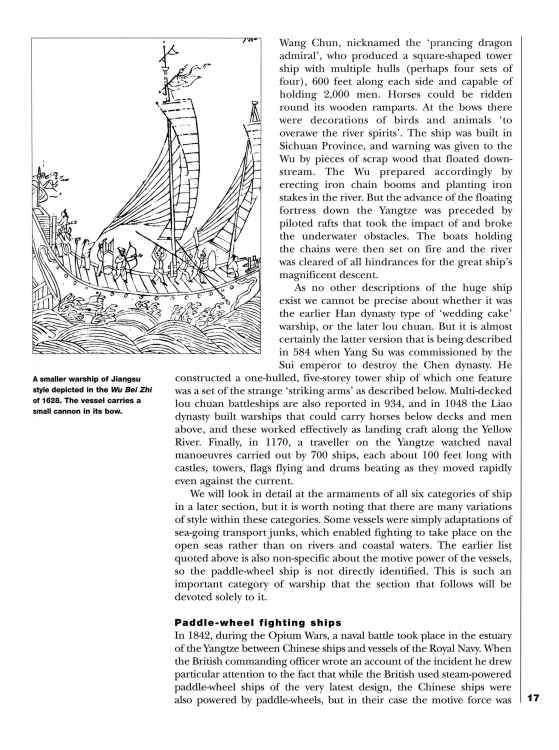


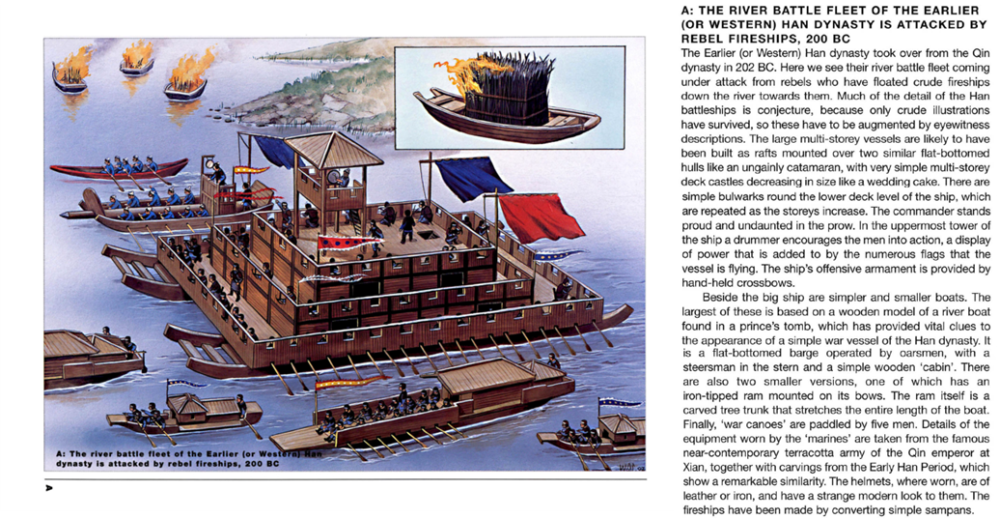
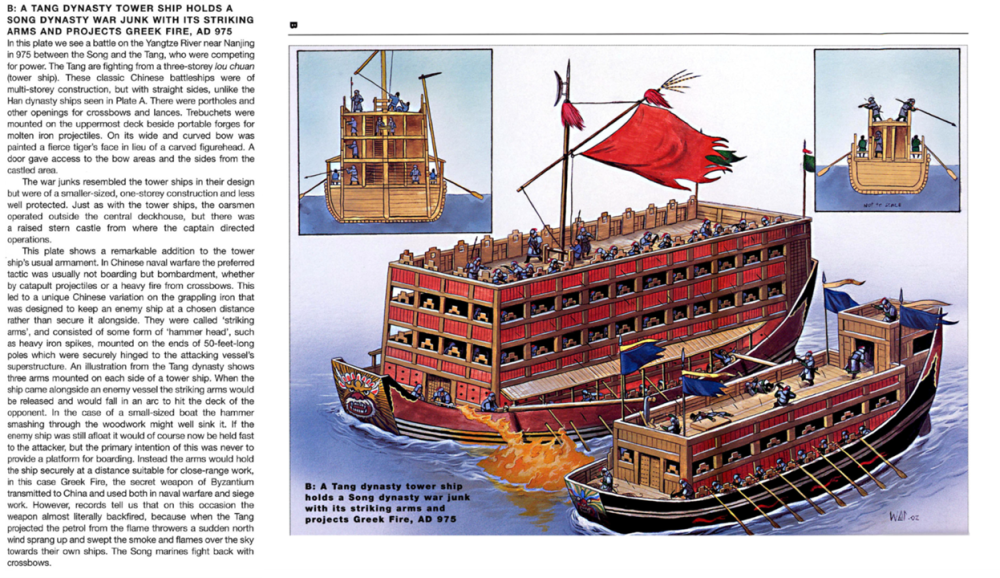
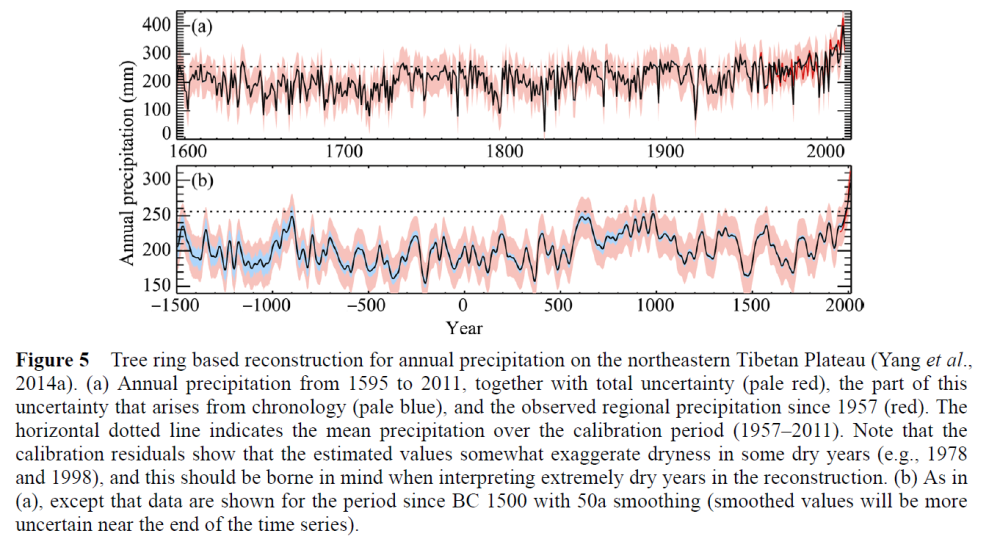

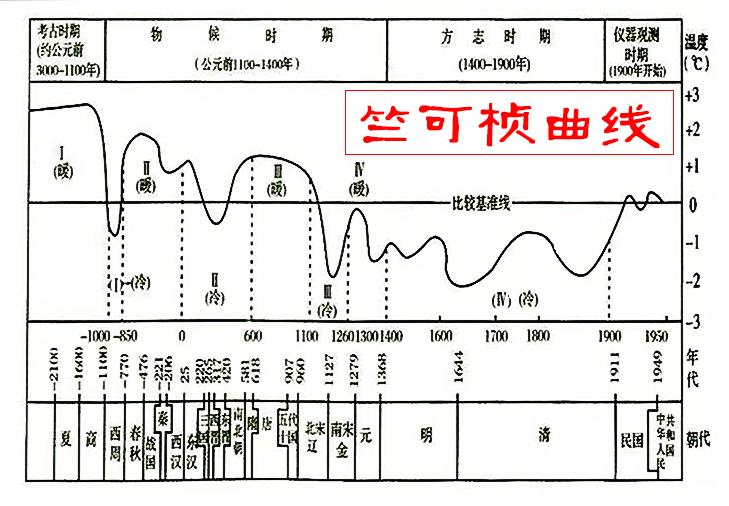
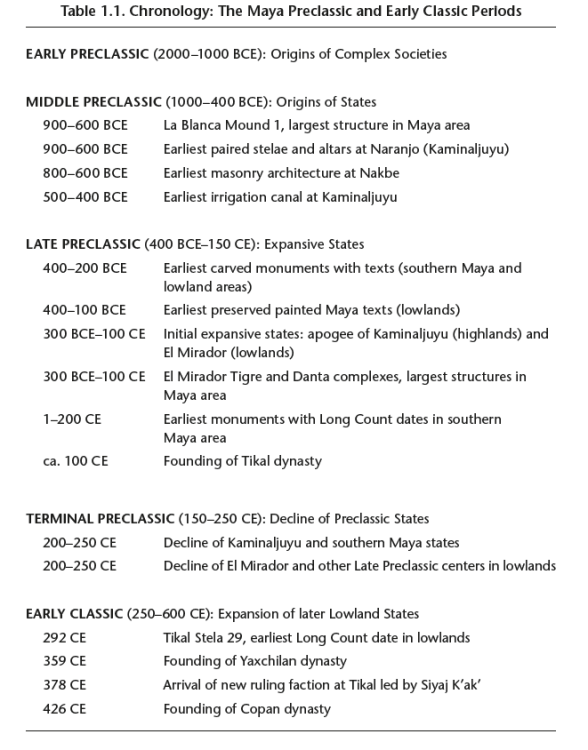
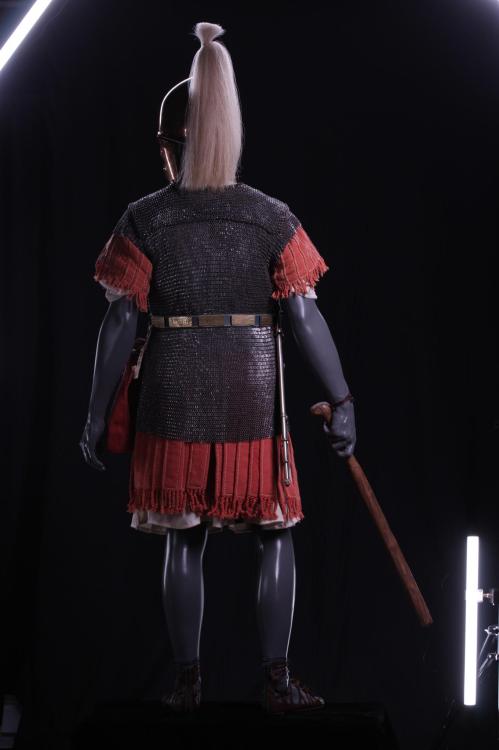
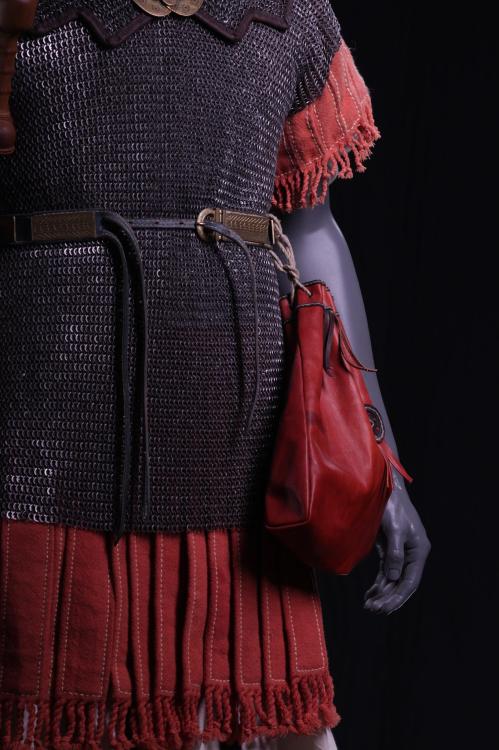
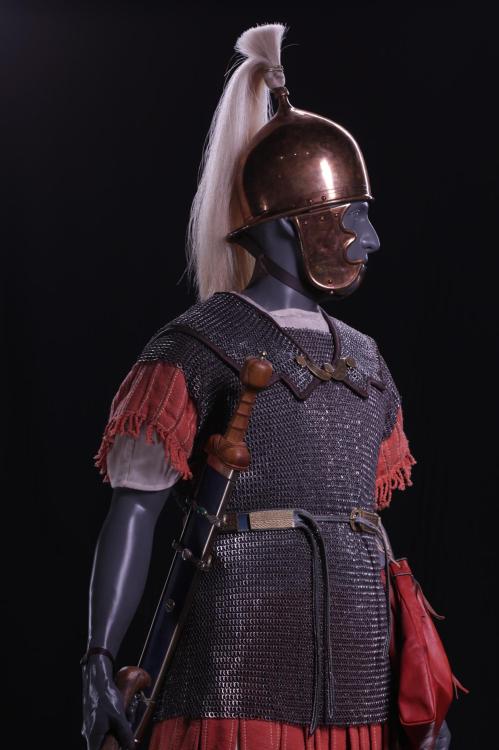
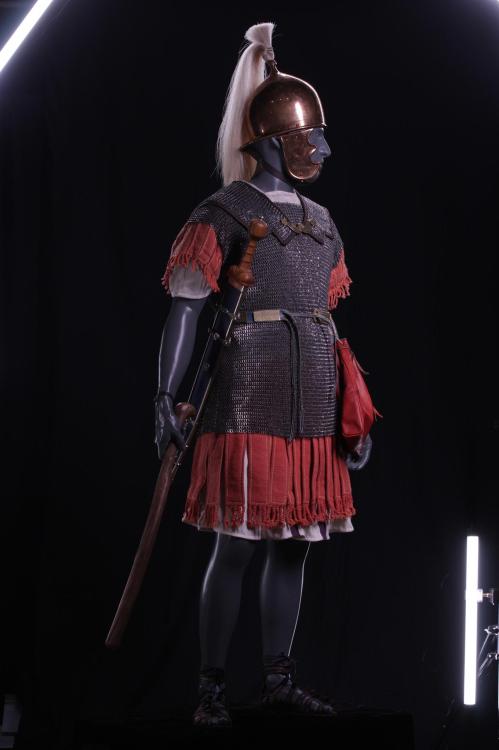
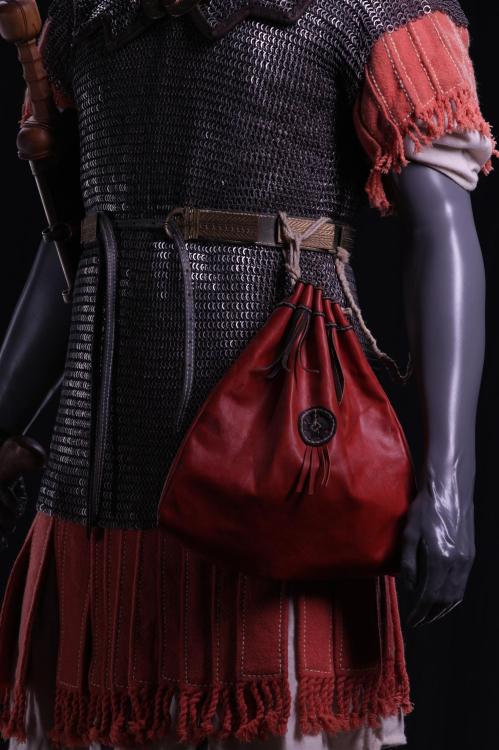
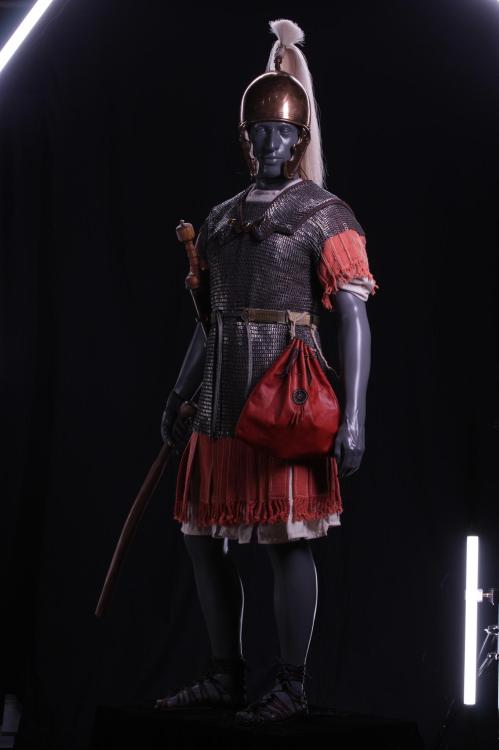
Why some heroes don't have bonus
in General Discussion
Posted
Agis III at the battle of Megalopolis:
https://babel.hathitrust.org/cgi/pt?id=mdp.39015008158407&view=1up&seq=21
"Strabo (XV, 724) gives the treaty between Seleucus and Chandragupta, in which Seleucus ceded certain provinces and gave the Indian a daughter or niece, receiving in return 500 elephants."
https://www.jstor.org/stable/626263
that's the motivation for the bonus